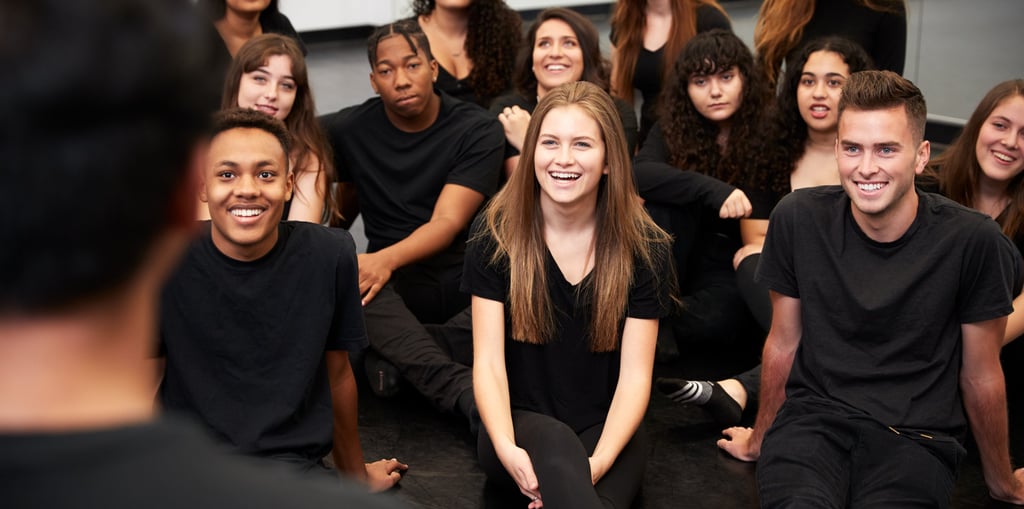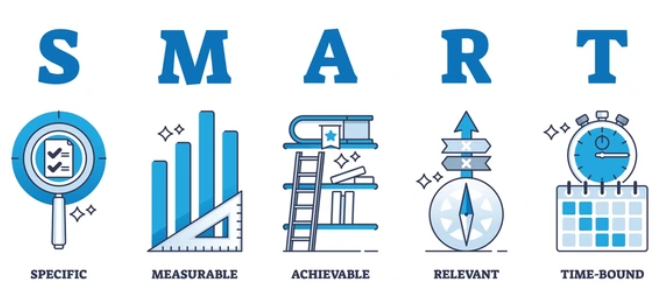From Small Program to Student-Run Powerhouse: How to Grow Your Drama Program with Intention
Discover how to transform a struggling drama program into a thriving, student-led powerhouse. This blog post shares actionable strategies, including empowering student leaders, setting SMART goals, and celebrating all roles, onstage and off. Uncover tools and resources to help your drama program flourish, even in challenging times. Perfect for drama teachers seeking to inspire commitment and creativity in their students.
DRAMA TEACHER RESOURCES
Katie Zakkak
6/24/20253 min read



When I first stepped into my new school’s drama program, I was inheriting something with potential—but also with challenges. COVID had taken its toll. The school itself was small, and the program even smaller. And while the students were bright, capable, and involved in a hundred other things (this was a prep school, after all), it felt like a constant competition for their time.
My biggest challenge? Not just getting students into the program—but getting them truly committed to it.
Step One: Lean on Your Student Leaders
I started by connecting with the drama club officers who’d been elected before I arrived. Together, we created a plan to advertise the program and draw others in. And this is one of the biggest things I’d recommend to any drama teacher: empower your students to be your advocates.
You know the value of theater because you’ve lived it. But they’re the ones currently experiencing the transformation, the community, the creative joy. And they’re the ones their peers will listen to. When they invite someone to audition or join tech crew, it lands differently than when it comes from a teacher.
Step Two: Set a SMART Goal for Growth
Just like we backward-plan curriculum, we can backward-plan our program goals. I recommend using a SMART goal framework—Specific, Measurable, Attainable, Relevant, and Time-bound.
For example:
“By the end of the school year, I want 30 students actively involved in the drama program.”
Start by assessing what you currently have:
Do you have access to a theater?
Are you performing in a gym, cafeteria, or classroom?
How many students are involved right now?
Once you know where you are, you can start mapping out how to get where you want to be—without jumping too far ahead. Focus on this year first.
Step Three: Choose Three Core Strategies
Break your goal into three actionable strategies. Mine looked like this:
Empower current students to act as ambassadors
Collaborate with the school’s marketing team to create eye-catching, student-centered promotional materials
Choose productions that reflect what today’s students want to see and be part of
Step Four: Monthly Action Plan
To stay on track, I planned just one month at a time. Here’s an example from that first year:
September: Meet with drama club officers to make an ambassador plan.
October: Start daily announcements—officers took over the PA system to promote upcoming auditions.
November: Hold auditions and release clear backstage sign-up guides for students interested in tech roles.
This step-by-step approach kept us moving forward without overwhelm.
Step Five: Celebrate All Roles, Not Just Onstage Ones
It’s so important to expand your definition of participation. Yes, actors are essential—but so are the artists who build the sets, the coders who program your lighting board, the planners who thrive in stage management roles.
Want to grow your program? Grow your definition of what participation looks like.
Step Six: Reflect, Adjust, Repeat
Because I had a SMART goal, I could measure progress clearly. By the end of that first year, we’d exceeded my goal. Over 25% of the school was involved in our spring musical—and most of the major production roles, from stage manager to assistant director to designers, were student-led.
By the time we opened, my job was to take notes while they ran the show. That was my goal all along.
Want Support? I've Got Resources for You.
If you’re on this journey too, I’ve got tools that can help:
🎭 Download my free Drama Classroom Toolkit – a planning guide to help you set goals, recruit students, and map out your year.
🧰 Check out my Audition & Rehearsal Resource Bundle on my TPT store – with everything you need to prep students and run smooth auditions.
Coming soon: Student leadership guides for stage managers, designers, and more—so your students feel equipped to truly take the lead.
Break a Leg, Friends
Remember: what you’re doing matters. You’re giving students a space to find their voice, their people, and their confidence. You already have what it takes—you just need a plan and the people around you. Trust your instincts, trust your students, and take it one step at a time.
Happy teaching, and break a leg!
-Katie Z.


